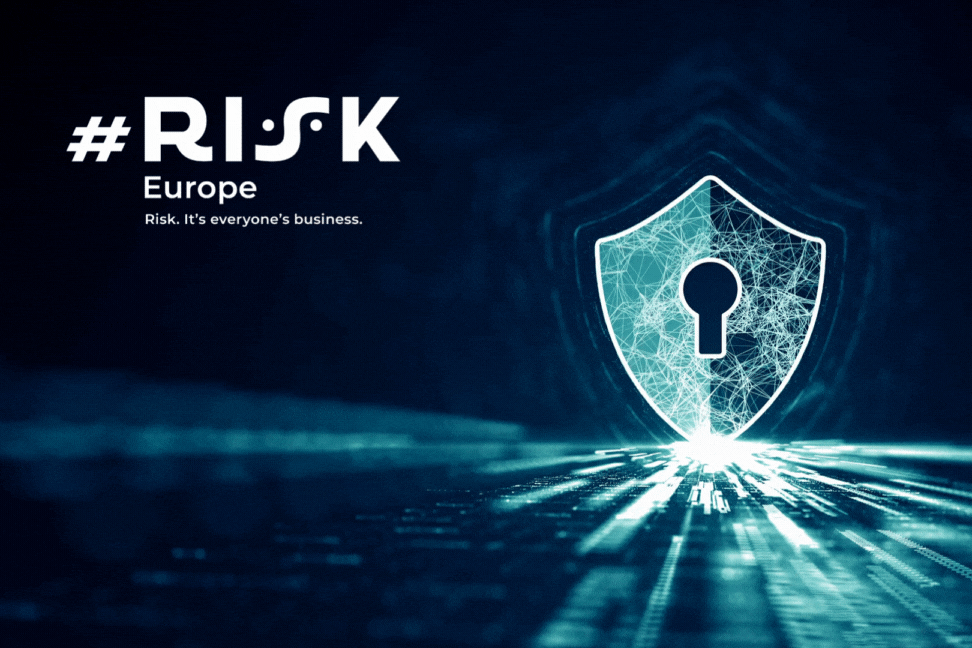Workplace tech used to be a lot more uniform: When you walked into an office, you likely saw an all-desktop-PC environment with a fairly consistent suite of software and tools, all used within the confines of a single network.
Those days are long gone, and now the workplace is a dynamic mix of Mac and PC, desktop and mobile, on-site and work-from-home, used on an array of workplace and personal networks.

Meanwhile, enterprise technology ecosystems are becoming increasingly complex: A 2021 report from Okta found that its average customer deploys 88 distinct applications, with tech companies averaging 155 apps.
Perhaps the most ubiquitous kind of enterprise application is email, with the average employee sending over 10,000 emails every year. With so much data flowing in and out of your organization, it’s critical to safeguard the data that’s shared, whether via email or a collaboration application.
How can technology leaders protect the sensitive data being shared across dozens, or even hundreds, of applications and platforms? It’s important to examine your holistic security strategy across users, platforms, and apps to help you sustainably safeguard your organization’s most important data. Here are a few key things to consider:
-
Are you just protecting the perimeter, or are you protecting the data itself? Because the modern workplace involves extensive collaboration, multi-cloud environments, and many different people and systems interacting with a network at any given time, protecting the perimeter alone is no longer enough. By protecting the data itself, it can move more freely across recipients, devices, and systems while still remaining secure. For more on this topic, listen to the webinar, Beyond the Perimeter: A New Data-Centric Model for Breach Preparedness and Rapid Response, with Virtru’s Will Ackerly and Rob McDonald, moderated by Nexteer Automotive’s Arun DeSouza.
-
Select a flexible tech stack that supports interoperability and data-centric security. Flexibility and interoperability should be key priorities for those managing a hybrid workforce. Ensure your security solutions support a range of platforms and user configurations. A key benefit of a data-centric approach to security is that it sets you up for greater flexibility in the future. Evaluating your tech stack vendors and partners through the lens of data-centric security may lead you to make different decisions, and ultimately you will optimize those partners who will give you full control of your own data, throughout its lifecycle.
-
Ensure you have granular audit and visibility. Closely monitoring the flow of information into and out of your organization requires you to have both a holistic and detailed view of what’s being shared, by whom, and when. A 2020 Tessian report found that, for organizations with more than 1,000 employees, the average IT leader estimated 720 unauthorized emails were sent every year. However, Tessian found an average of 27,500 unauthorized emails were actually sent: 38 times more than estimated. Ensure you have visibility into where data is traveling and how it’s being accessed—as well as the ability to take action on that data at any time.
-
Secure your collaboration apps (such as Google Drive) and other third-party enterprise applications. Often, colleagues and partners will collaborate using shared documents on platforms such as Google Drive. Ensure that shared documents remain protected as they’re created, edited, downloaded, and shared. Additionally, you don’t want to forget the other apps that transmit customer data via email, such as Salesforce, Zendesk, Workday or any other application that is used to communicate with your consumers, partners or employees.
For more details on these recommendations, plus additional ways to safeguard your hybrid workforce, download Virtru’s guide, Managing Security for a Hybrid Workforce: A Guide to Ensuring Email and File Protection Across Platforms.










No comments yet